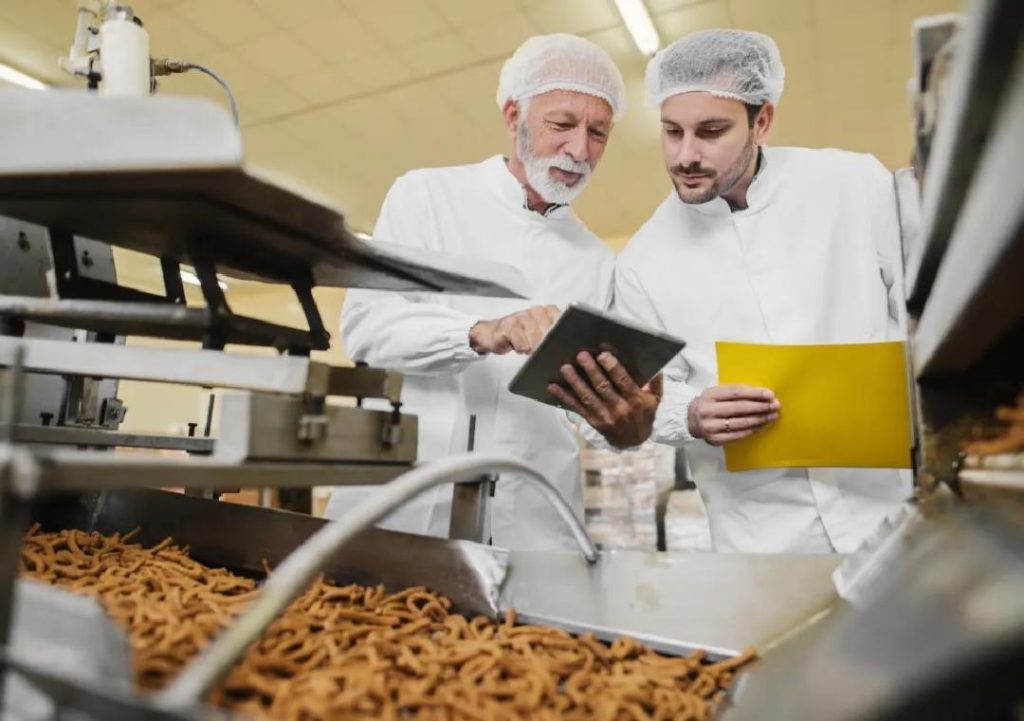
Can P&L Optimisation Redefine Success in Food Technology?
The food technology industry is one of the most rapidly growing sectors in the world, driven by the increasing demand for innovative and sustainable food solutions. With the rise of e-commerce, meal kit delivery services, and subscription-based meal plans, food technology companies are facing unprecedented challenges in managing their profit and loss (P&L) operations. However, by leveraging automation, smart inventory systems, and data analytics, these companies are discovering that P&L optimisation can be a game-changer in redefining success.
The Challenges of P&L Operations in Food Technology
Food technology companies operate in a complex and dynamic environment, where factors such as changing consumer preferences, supply chain disruptions, and regulatory compliance can significantly impact profitability. Traditional P&L operations, which rely on manual data entry, spreadsheets, and gut instincts, are often inadequate in managing the intricacies of the food supply chain. This can lead to inefficiencies, waste, and poor decision-making, ultimately affecting the bottom line.
The Benefits of P&L Optimisation
So, what exactly is P&L optimisation, and how can it benefit food technology companies? In simple terms, P&L optimisation involves streamlining P&L operations by leveraging technology to automate, analyse, and optimise financial data. By doing so, companies can cut waste, sharpen demand forecasting, and support better decision-making.
Here are some of the key benefits of P&L optimisation in food technology:
- Improved Demand Forecasting: By leveraging advanced analytics and machine learning algorithms, food technology companies can more accurately forecast demand, reducing inventory waste and optimising production planning.
- Streamlined Supply Chain Management: Automated systems can help companies manage their supply chains more efficiently, reducing transportation costs, and ensuring that products are delivered to customers on time.
- Better Inventory Management: Smart inventory systems can help companies track inventory levels in real-time, reducing stockouts and overstocking, and enabling more effective inventory planning.
- Enhanced Decision-Making: By providing real-time financial data and insights, P&L optimisation enables food technology companies to make more informed decisions about pricing, inventory management, and production planning.
- Increased Profit Margins: By reducing waste, optimising production, and improving supply chain management, food technology companies can boost their profit margins and ensure sustainable growth.
Scalable Models for Success
To achieve P&L optimisation, food technology companies must adopt scalable models that can grow with their business. Here are some key strategies for achieving success:
- Cloud-Based Systems: Cloud-based systems offer greater flexibility, scalability, and cost-effectiveness, making them an ideal choice for food technology companies.
- Integration with Existing Systems: To achieve seamless integration, companies should choose P&L optimisation solutions that can integrate with existing systems, such as ERP, CRM, and inventory management systems.
- Customisation: Customisation is key to achieving P&L optimisation. Companies should choose solutions that can be tailored to their specific needs and requirements.
- Data Analytics: Data analytics is critical to P&L optimisation. Companies should choose solutions that provide real-time financial data and insights, enabling them to make more informed decisions.
Conclusion
P&L optimisation is a game-changer for food technology companies, enabling them to streamline operations, reduce waste, and boost profitability. By adopting scalable models, companies can ensure sustainable growth and stay competitive in the industry. With the right P&L optimisation solution, food technology companies can redefine success and achieve their goals.
Source: https://www.growthjockey.com/blogs/p-and-l-operations-in-food-tech






